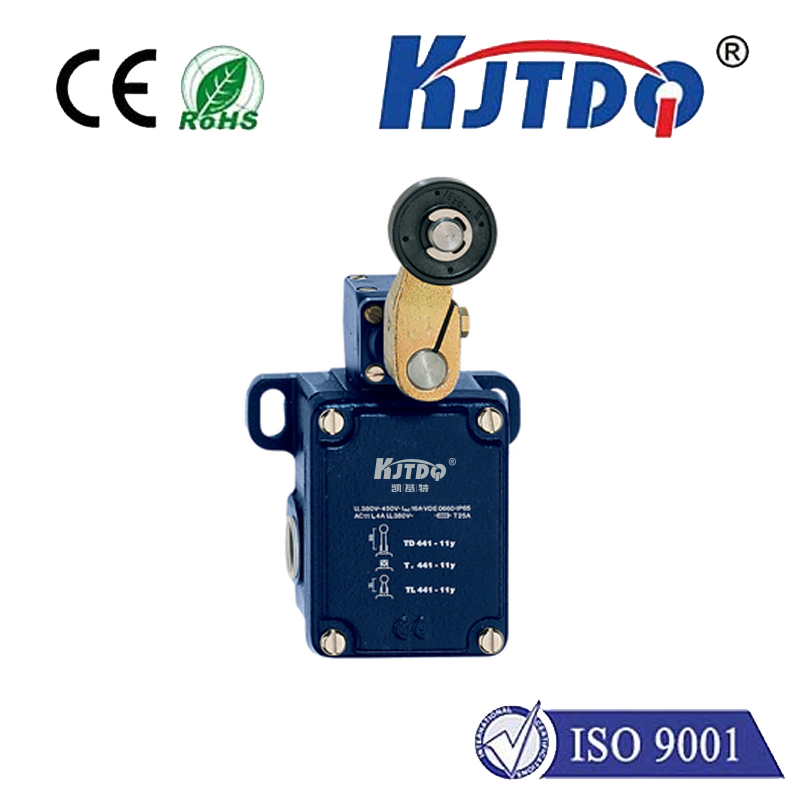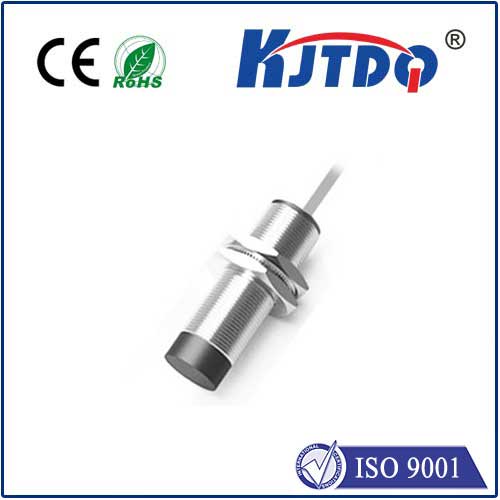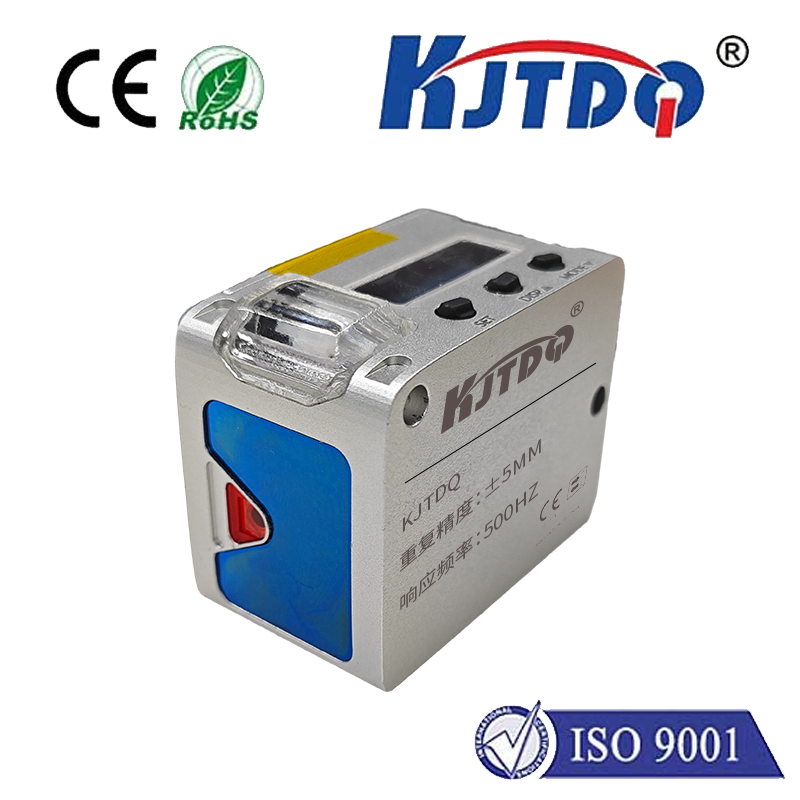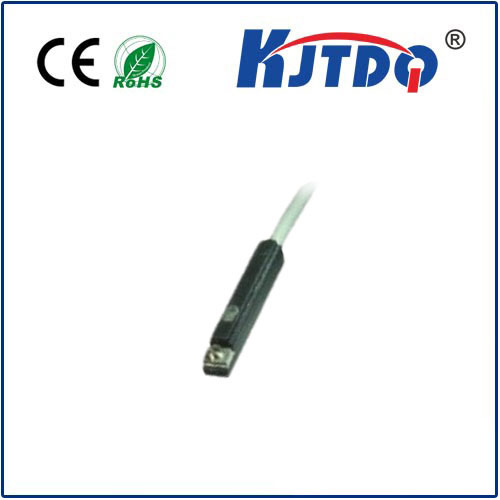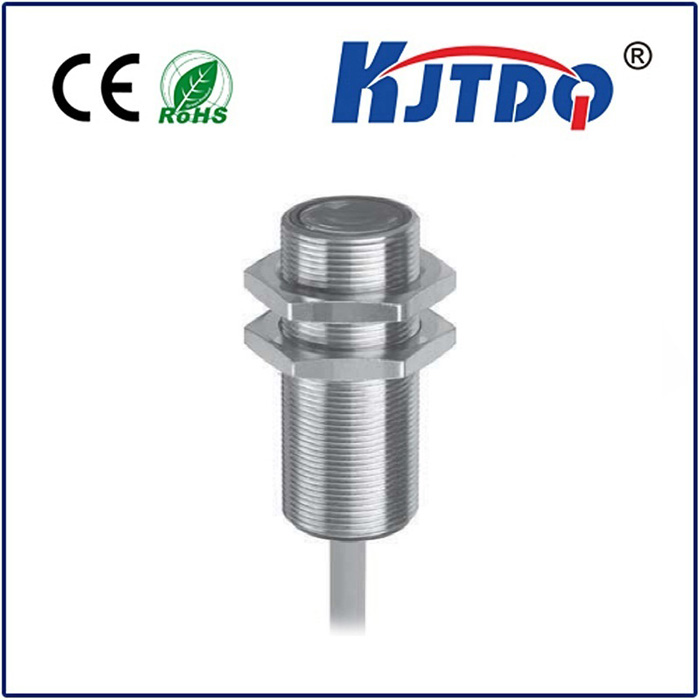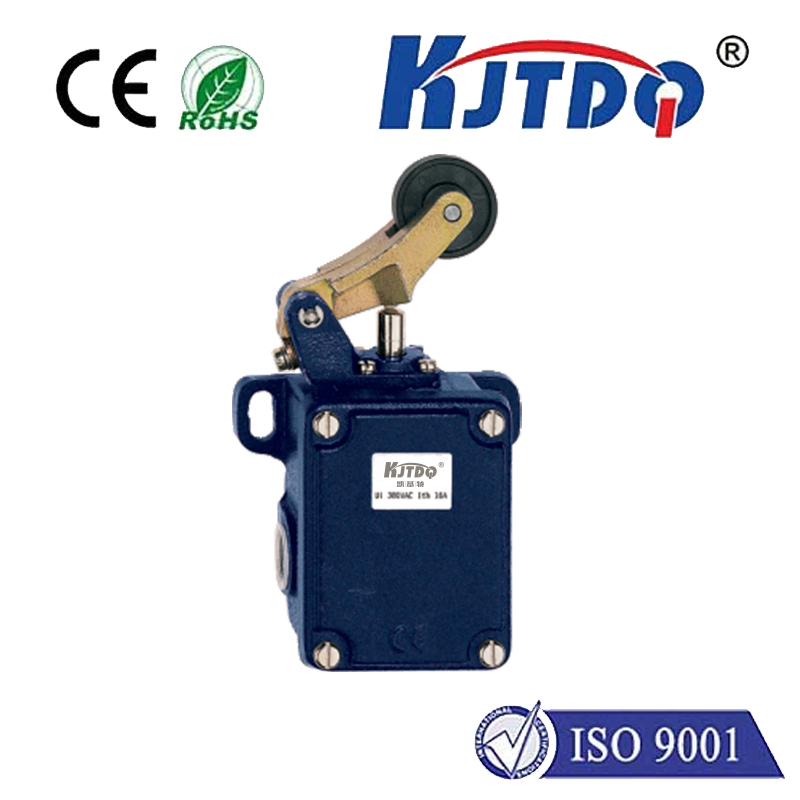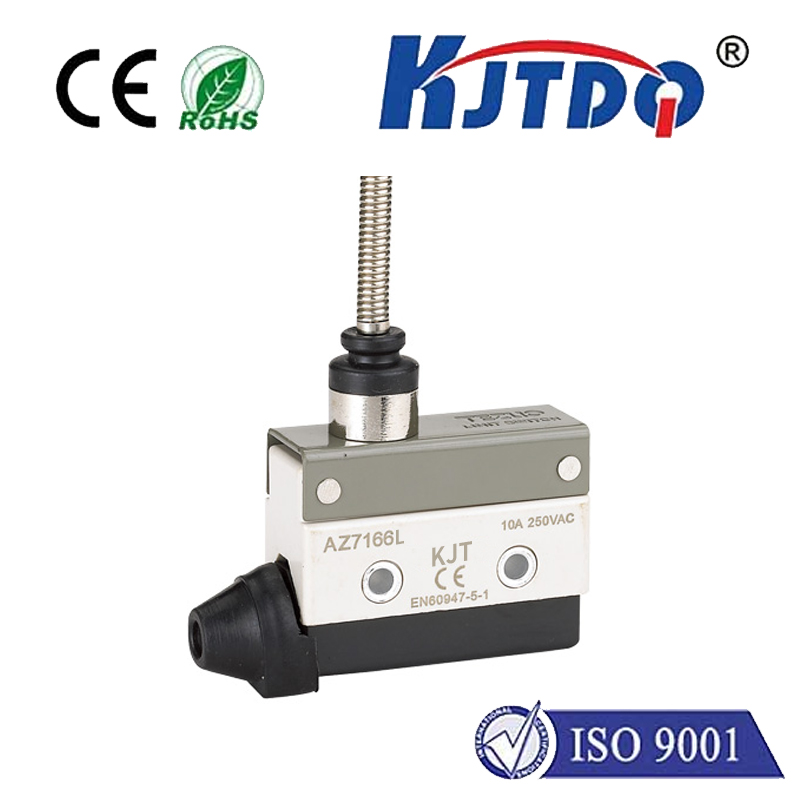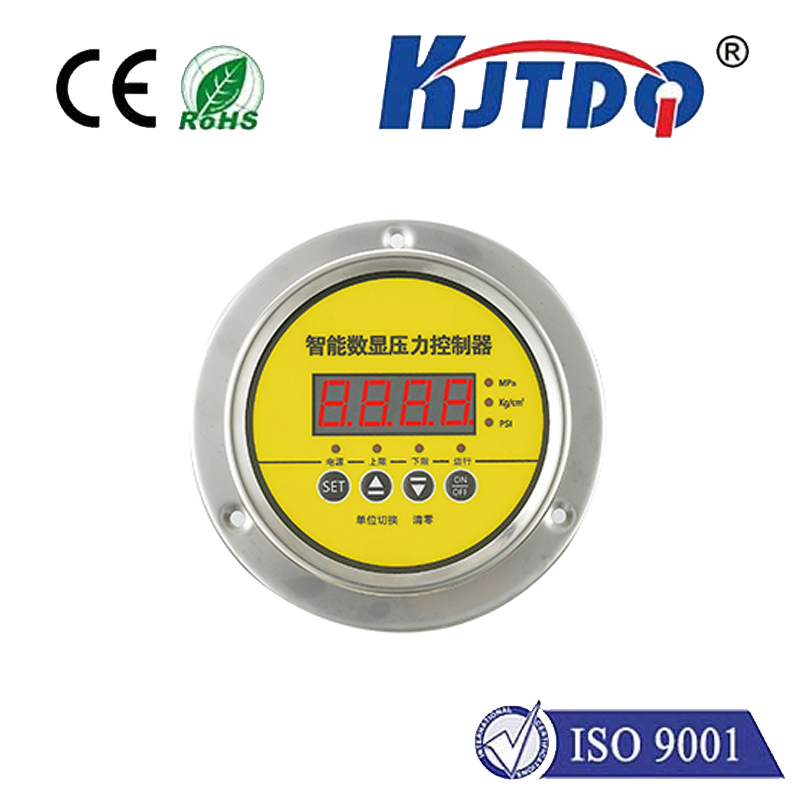m18 diffuse photoelectric switch sensor
- time:2025-09-13 01:03:36
- Click:0
M18 Diffuse Photoelectric Sensors: The Adaptable Presence Detectors
In the intricate dance of modern automation, knowing when an object is present is fundamental. From ensuring products move smoothly down a conveyor to verifying a part is correctly seated before a robotic operation, reliable presence detection is non-negotiable. Among the diverse sensor technologies available, M18 diffuse photoelectric sensors stand out as a remarkably versatile and widely adopted solution, offering a compelling blend of simplicity, robustness, and adaptability for countless applications.
So, What Exactly Is an M18 Diffuse Photoelectric Sensor?
Breaking down the name clarifies its essence:
- M18: This refers to the sensor’s physical housing diameter, 18 millimeters (approximately 0.71 inches). This compact, standardized size is incredibly common, making M18 sensors easy to mount using readily available brackets and offering a good balance between size, durability, and sensing range.
- Diffuse: This describes the fundamental operating principle. In a diffuse photoelectric sensor, both the light emitter (usually an LED) and the light receiver (a phototransistor or photodiode) are housed together in a single unit. The sensor detects objects based on the amount of light reflected diffusely back from the target itself. No separate reflector is required.
- Photoelectric: The core technology uses light (typically visible red, infrared, or laser light) to detect the presence or absence of an object.
- Switch: The output is a simple digital signal – typically either ON (object detected) or OFF (no object detected) – making it easy to interface with controllers (PLCs), timers, counters, and other automation devices.
How Does It Work? It’s Simpler Than You Think!

- The sensor constantly emits a beam of light from its integrated LED.
- When there’s no target object within its detection range, most of this emitted light scatters away into the surrounding environment. Only a minimal amount reflects back to the receiver inside the sensor housing. This state corresponds to the output being OFF.
- When a target object enters the detection zone, some of the emitted light strikes the object’s surface and is diffusely reflected back towards the sensor.
- The receiver inside the sensor detects this reflected light. If the intensity of the reflected light exceeds a pre-set threshold (often adjustable via a potentiometer on the sensor), the sensor switches its output state to ON.
Why the M18 Diffuse Sensor Shines (Literally and Figuratively)
The combination of the diffuse principle and the M18 form factor delivers significant advantages that explain their immense popularity:
- Simplified Installation: The biggest win? No reflector required! You only need to mount and wire the single sensor unit on one side of the detection point. This drastically reduces installation time, complexity, and cost compared to retro-reflective or through-beam sensors.
- Compact Size: The M18 diameter offers a robust yet relatively small footprint, making it easy to fit into tight spaces or crowded machine environments. Standard sensing ranges are typically sufficient for many proximity tasks (e.g., 100mm to 1 meter, depending on model and target).
- Versatility in Target Detection: Diffuse sensors work effectively on a wide range of surface types and colors, although performance varies. Light-colored, matte objects reflect well and are easiest to detect. Dark, shiny, or black objects reflect less light and may require a sensor designed for “dark object detection” (using background suppression technology) or careful adjustment. Nevertheless, their adaptability covers a vast array of common materials.
- Cost-Effectiveness: Generally less expensive than retro-reflective or especially through-beam setups (which require two separate devices and wiring), diffuse sensors offer a compelling price-to-performance ratio for reliable presence detection.
- Robust Construction: Most M18 diffuse sensors feature rugged metal or high-grade plastic housings offering excellent protection against impacts and vibration. Crucially, many boast IP67 or IP68 ratings, meaning they are highly resistant to dust ingress and can withstand temporary or continuous immersion in water – essential for demanding industrial environments like washdown areas, food processing, or outdoor applications.
- Output Flexibility: Available with various outputs including NPN, PNP, Normally Open (NO), or Normally Closed (NC) configurations, allowing seamless integration into different control system voltages and logic types. Some models also offer short-circuit and reverse polarity protection.
- Standardized Mounting: The M18 thread allows for easy installation using standard locknuts or mounting brackets, simplifying both initial setup and maintenance replacements.
Where Do M18 Diffuse Sensors Make a Difference? (Key Applications)
Their adaptability makes them ubiquitous across industries:
- Conveyor Systems: Detecting bottles, cans, boxes, or packages – triggering counters, diverters, or stopping conveyors when jams occur.
- Packaging Machinery: Verifying the presence of product in cartons or trays before sealing.
- Assembly Lines: Ensuring components (like caps, lids, or small parts) are present and correctly positioned before the next assembly step.
- Material Handling: Monitoring the passage of pallets, totes, or AGVs through checkpoints.
- Robotics: Providing object presence feedback for pick-and-place operations or verifying gripper closure.
- Food & Beverage Processing: Detecting containers on filling lines or verifying lids/caps (benefiting from IP67/IP68 washdown ratings).
- Printing & Paper Industry: Monitoring paper sheet feed, detecting roll presence, or verifying stack height. Detection of transparent objects like glass or plastic bottles is possible but often requires specific sensor models optimized for such challenging targets.
- Level Detection: Acting as simple bin or hopper level indicators for bulk materials (e.g., pellets, powders) or boxes.
Important Considerations for Optimal Performance
While incredibly versatile, understanding their limitations ensures successful implementation:
- Target Color and Surface: As mentioned, dark, shiny, or black targets absorb or scatter light differently, reducing the effective sensing range and potentially requiring adjustment or specialized models. Always consult the sensor’s specifications regarding minimum detectable object size and reflectivity.
- Background Interference: Reflective surfaces behind or near the target can cause false triggers by reflecting light back to the sensor. Proper alignment, background suppression technology, or using a sensor with a focused beam helps mitigate this. Some M18 diffuse sensors incorporate Background Suppression (BGS) technology, which uses triangulation principles to detect only objects within a very specific, short range, ignoring more distant background reflections.
- Sensing Range: Diffuse sensors have relatively shorter maximum ranges compared to through-beam or retro-reflective types. Ensure the required detection distance falls well within the sensor’s specified range for the intended target material.
- Ambient Light: While most industrial sensors are designed to resist interference from standard workshop lighting, extremely bright ambient light (like direct sunlight) can sometimes disrupt operation. Choosing sensors with modulated light (pulsed LED) significantly enhances immunity to ambient light interference.
The Workhorse of Modern Sensing
For engineers, technicians, and system integrators seeking a reliable, cost-effective, and easy-to-install solution for presence detection, the M18 diffuse photoelectric sensor is often the first choice. Its combination of the highly practical diffuse principle with the robust and standardized M18 form factor creates an automation component that consistently delivers. Whether monitoring production flow, verifying assembly steps, or ensuring machine safety through object detection, these adaptable sensors provide the fundamental “yes/no” signal that drives efficiency and intelligence in automated systems across the globe. Their simplicity is their strength, making complex automation tasks fundamentally more manageable.






